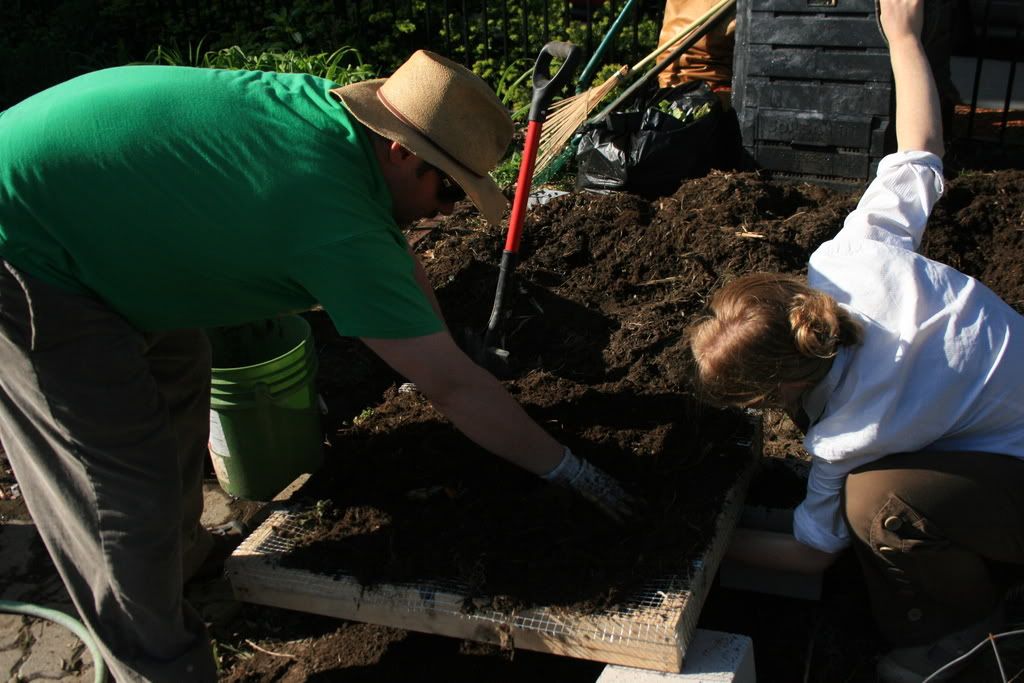
Hi all,
Harvest time is in high swing, and it is lovely to be collecting various fruits and vegetables from the garden. The tomato and zucchini and squash blights that we have been experiencing are shared by many in New England. Most with whom I compare notes lament about the wetness this season and also say that they have not gotten much in terms of squash.
We are blessed to have some happy eggplants and peppers along with some citrus and happy hibiscus. Our tomatoes are less than happy though, and we will likely take them from their misery soon in the hopes of planting some fall crops. Blight is awful because it will kill the plant before it gives its usual share of fruit. We did manage to get enough tomatoes so I felt as if I had a taste and had regular ones at that. But we did not get enough to be overrun, which is a kind of blessing that I found myself longing for...Tomato paste, canned tomatoes--all of those possibilities were extinguished. Alas.
I do hope to join the BNAN master gardener class this winter and might be able to learn there about what to do with blight. We had it in Vermont, as well, and we never did get rid of it. It only afflicted our tomatoes, but we planted them anyway.
One solution, I read, is to plant tomatoes in straw bales that never touch the ground and thus eliminate blight. That might be an interesting experiment next summer. We should be prepared to have blight again next year if we do nothing as blight is like a virus--living in the soil. That said, I can hardly imagine using any kind of pesticide even if the city did allow it! Pesticides are the antithesis of good gardening and healthful living--in my opinion anyway.
I also wished to share that we did raise some Monarch caterpillars to butterflies, thanks to Gretchen whose success hatching eggs inspired us. Gretchen, I learned that only 10 percent of caterpillars hatched in the wild make it to butterfly stage as there are too many predators. So taking in the eggs when you find them--and raising the caterpillars--is a great way to increase butterfly populations. We released our first butterfly today in Squirrel Brand garden, around 4 p.m. and have another 7 in coccoons and one lone caterpillar that is still growing. We collected many eggs and ended up losing about six or seven caterpillars for various reasons (one crawled out of the cage when it was still pretty small; four became dried up or sickened by milkweed taken from next to Carberry's (pesticides, I wonder?). Still another was smooshed when I picked up a leaf! What are the odds. I felt quite awful about these small failures until I learned about the mortality rates in the wild. And I am happy to say that, if all goes well, we will have added nine butterflies to the Cambridge community.
Be well all! Hope to see you in the garden. We'll be there in the coming week or two, sorting out summer crops and making way for fall.
Linda






















































